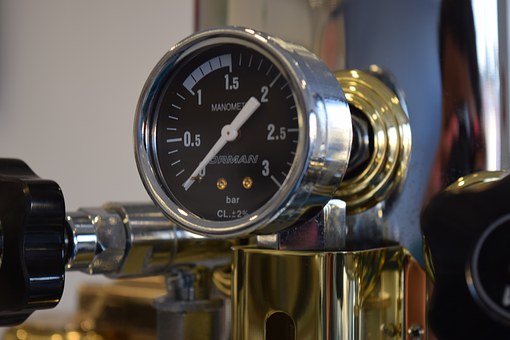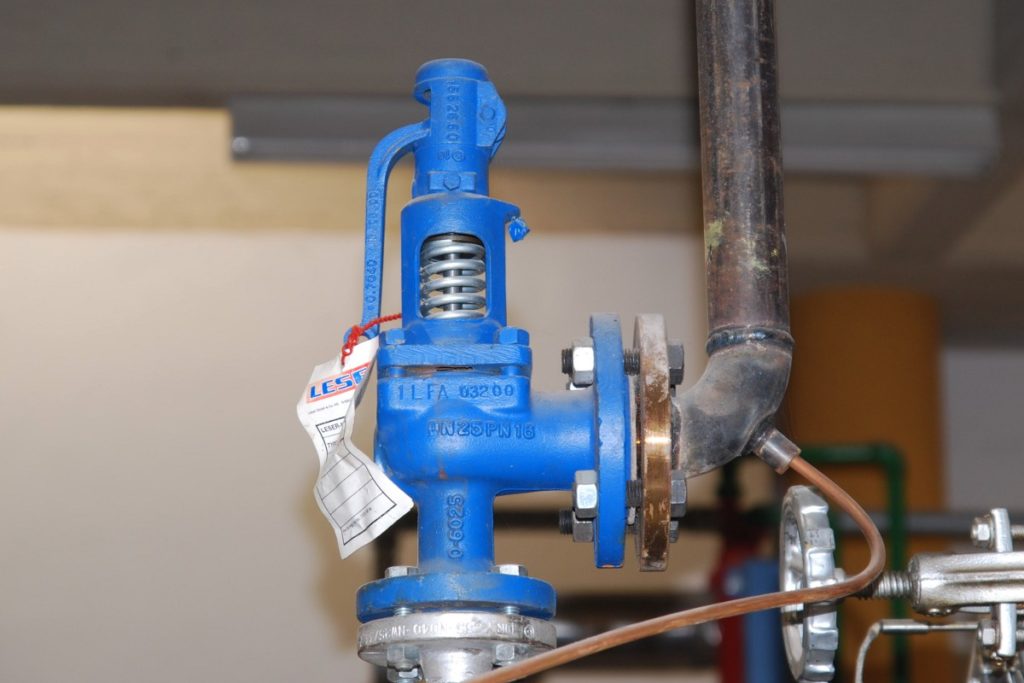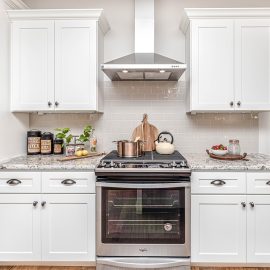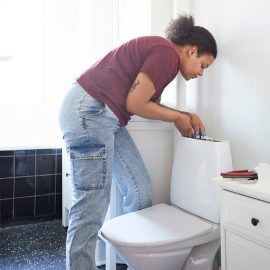
Summary
– What is a pressure relief valve?
– Installing a relief valve
A relief valve is a device that allows the regulation of the flow of a fluid by releasing the overflow of water to lower the pressure.
What is a pressure relief valve?
Principle
A pressure relief valve is considered a safety valve. Installed on the heating circuit, in the event of an increase in pressure in the network following an abnormal rise in temperature (the heated water expands and, enclosed in a constant volume, the heating network, its pressure increases), it releases the pressure by draining the overflow of water.
It is, therefore, an indispensable and mandatory safety device. If there is none, the overpressure generated can cause the piping’s bursting, or even of the heating appliance itself (the heat generator).
An overflow valve also ensures and maintains a minimum flow rate for the optimal operation of the installation in which it is integrated. A proportional relief limits the differential pressure.
Note: A relief valve is not 100% leak-proof over time. It may drip over time.
Features
A relief valve represents a small footprint and a weight of just over a hundred grams. A temperature range, consisting of a minimum and a maximum, determines its operation.
The body of the valve can be made of ductile iron, bronze, stainless steel, but it is most often made of brass (or any other material that meets the application’s requirements).
In addition to water, relief valves generally accept glycol water (radiator coolant) and neutral fluids. They are triggered by a given pressure measured in bars (B). The setting (relief pressure) is preset, and the valve can be equipped with a pressure gauge (pressure indicator).
Good to know: Manufacturers can provide operating diagrams relating to temperature, pressure, and flow rate for water. The set pressure can be adjusted.
Installing a pressure relief valve

Hire a professional
The relief valves are considered safety devices in the heating network and installed by authorized professionals. Moreover, the warranty conditions are only applied if they are installed by a recognized professional.
The safety valves are placed as close as possible to the heat generator to regulate pressure and flow as close as possible to the hot water formation.
The connection to the installation is made using male or female threads with variable diameters. They are measured in millimeters (8 × 13; 12 × 17; 15 × 21; 20 × 27) or inches (1/4”; 3/8”; 1/2”; 3/4”). Every relief valve has a check valve in its seat.
For safety reasons, the installation must be carried out when the system is depressurized (out of operation). The installation can be any position or horizontal (defined according to the manufacturer’s parameters).
Prices and distribution
Relief valves can be found in pro and consumer DIY stores, plumbing, heating distributors, plumbers and heating engineers (car installers), and the Internet.
The price depends on the quality of the relief valve and its intrinsic characteristics. Count approximately $15 for a brass relief valve (temperature range -20°C to +120°C, 3/4″ thread) and $20 for a model with a pressure gauge.
You can read more here:
- What Are the Different Forms of Water Heater On The Market;
- Draining an Electric Water Heater
- Hot Water System: What Is a Differential Pressure Valve
- The Use of Isolation Valve in Plumbing
- How to Maintain Your Water Heater
- 2 Most Popular Plumbing FAQs: (I) How to Maintain Your Water Heater (II) How to Repair a Leaking Faucet
- How to Maintain Your Water Heater
- How Is a Water Heater Plumbed?
And, remember to share and comment below.


